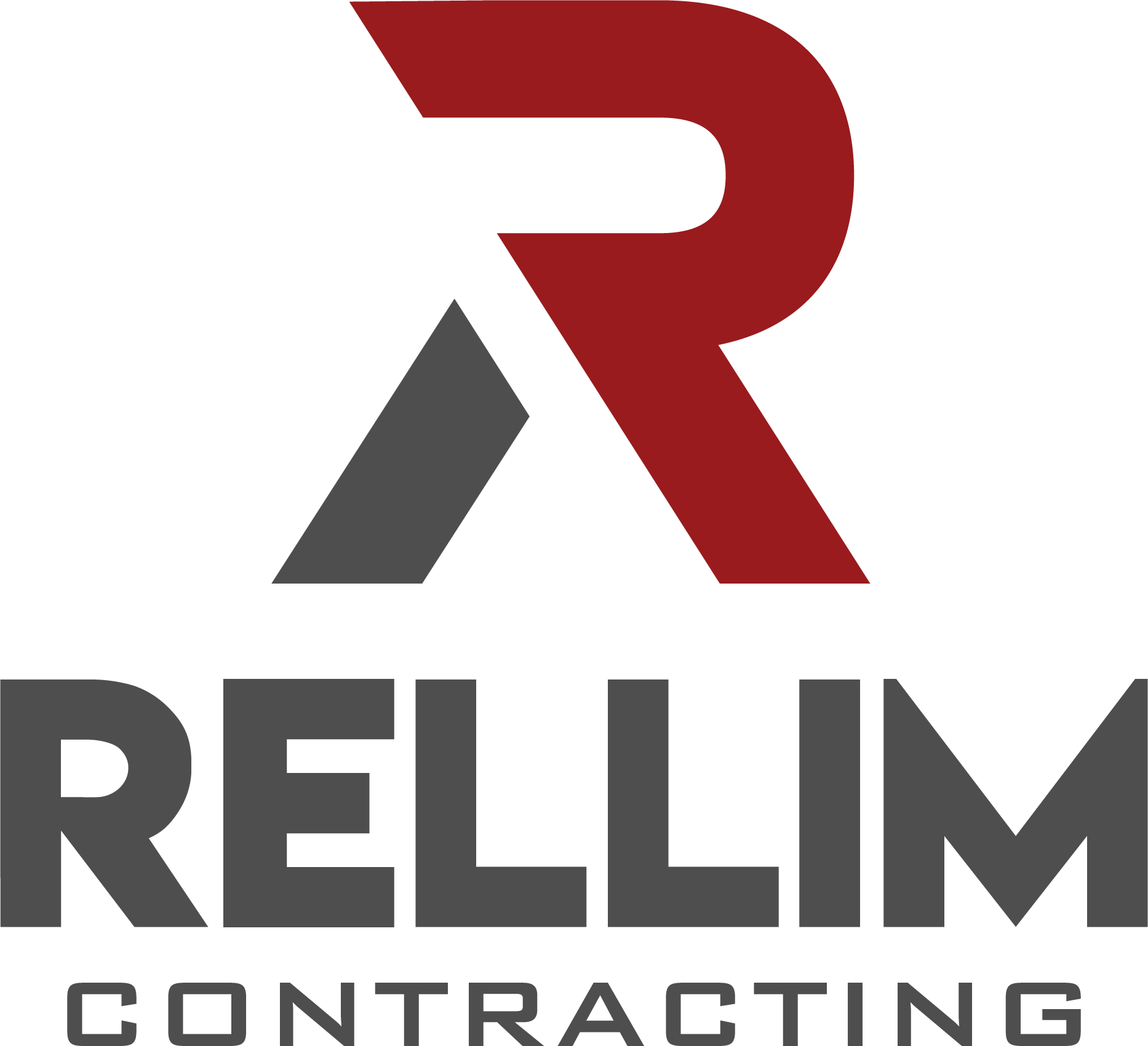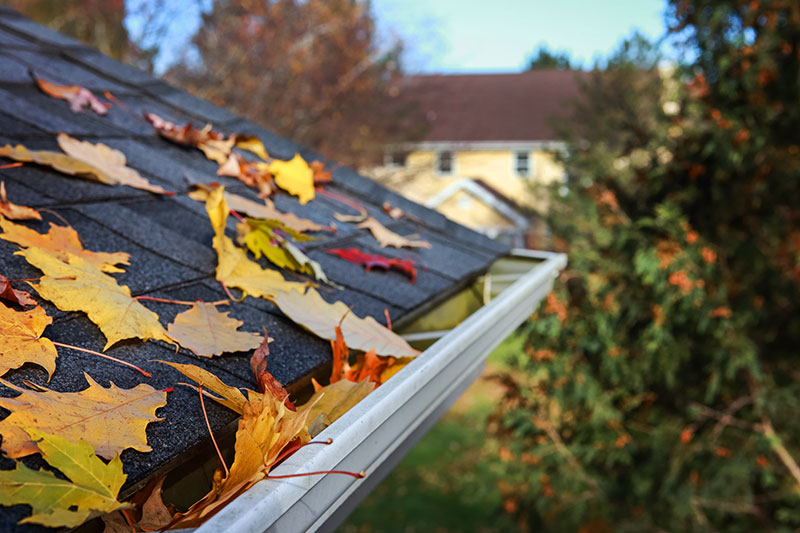It’s almost summer, yet it’s time to start thinking about giving your roof a good cleaning. After a long winter of snow, ice, and freezing temperatures, your roof may be in need of some attention. Regular maintenance and cleaning can help extend the life of your roof and prevent costly repairs. In this article, we’ll provide you with the ultimate spring cleaning checklist for your roof.
Why Spring Clean Your Roof?
Cleaning your roof in the spring is important for several reasons. First, it helps remove any debris that may have accumulated over the winter. This debris can include leaves, branches, and other organic matter that can trap moisture and cause damage to your roof. By removing this debris, you can help prevent water damage and prolong the life of your roof.
Second, cleaning your roof in the spring can help prevent the growth of moss and algae. These organisms thrive in damp environments, and the moisture that accumulates on your roof during the winter is the perfect breeding ground. By cleaning your roof and removing any moss or algae that may have started to grow, you can help prevent further damage to your roof.
Finally, spring cleaning your roof is a good way to inspect for any damage that may have occurred over the winter. Catching potential problems early can help prevent more serious issues down the road.
Safety Precautions to Take Before Starting
Before you start cleaning your roof, it’s important to take some safety precautions. Cleaning a roof can be dangerous, so it’s important to take the necessary steps to ensure your safety.
First, make sure you have the right equipment. You’ll need a sturdy ladder that can reach your roof, as well as safety harnesses and ropes to help keep you secure while you work. It’s also important to wear slip-resistant shoes to prevent falls.
Second, make sure you have a plan for disposing of the debris you’ll be removing from your roof. You don’t want to create a hazard by leaving debris on the ground where people can trip over it.
Finally, it’s important to check the weather forecast before you start cleaning your roof. You don’t want to be caught on your roof during a rainstorm or thunderstorm.
Inspecting and Cleaning Gutters
One of the first things you should do when spring cleaning your roof is to inspect and clean your gutters. Gutters are an important part of your roofing system, and they help prevent water damage to your home. If your gutters are clogged with debris, they won’t function properly, and water can back up and cause damage to your roof.
To clean your gutters, start by removing any large debris by hand. Then, use a garden hose to flush out any smaller debris. Make sure the downspouts are clear and flowing properly. If you notice any damage to your gutters, such as cracks or holes, make sure to repair them before they cause more serious problems.
Checking for and Repairing Roof Damage
After cleaning your gutters, it’s time to inspect your roof for any damage that may have occurred over the winter. Look for any missing or damaged shingles, as well as any signs of water damage, such as discoloration or sagging. If you notice any damage to your roof, it’s important to repair it as soon as possible. Small problems can quickly become larger and more expensive to fix if left unaddressed. If you’re not comfortable making repairs yourself, it’s best to hire a professional roofing contractor to do the work for you.
Removing Debris and Moss
With your gutters cleaned and any damage repaired, it’s time to remove any debris that may have accumulated on your roof. Use a leaf blower or a soft-bristled broom to gently remove any leaves, branches, or other debris. Be careful not to damage your shingles or other roofing materials. If you notice any moss or algae growing on your roof, it’s important to remove it as well. Moss and algae can trap moisture and cause damage to your roof. Use a moss killer or a solution of bleach and water to kill the moss and prevent it from coming back.
Cleaning and Treating Roof Surfaces
After removing any debris and moss, it’s time to clean and treat your roof surfaces. Use a pressure washer or a garden hose to rinse off your roof. Be careful not to use too much pressure, as this can damage your shingles. Once your roof is clean, consider applying a roof treatment to help prevent the growth of moss and algae. There are many different types of roof treatments available, so be sure to choose one that is appropriate for your roofing material.
Maintaining Your Roof After Spring Cleaning
Now that your roof is clean and in good repair, it’s important to keep it that way. Regular maintenance can help extend the life of your roof and prevent costly repairs down the road. Make sure to clean your gutters at least twice a year, and inspect your roof for damage after any severe weather. Trim any overhanging branches that could damage your roof, and keep your roof free of debris.
Contact Rellim Contracting LLC
If you’re not comfortable cleaning or repairing your roof yourself, or if you simply don’t have the time, contact Rellim Contracting LLC. Our team of professional roofing contractors has the experience and expertise to keep your roof in top condition. Contact us today to schedule a consultation.

